Animals
-
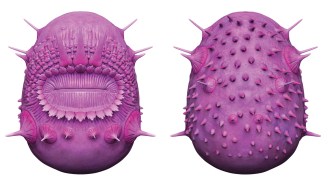 Paleontology
PaleontologyThis bizarre ancient critter has been kicked out of a group that includes humans
A wee sea creature without an anus was thought to be the oldest deuterostome. New imaging showing it had spines led to its reclassification.
By Anna Gibbs -
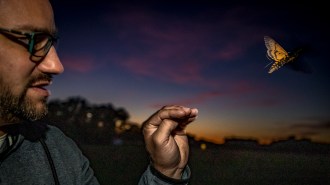 Animals
AnimalsHow death’s-head hawkmoths manage to fly straight for miles in the dark
By tailing death’s-head hawkmoths in an airplane, scientists have found that the nocturnal insects appear to navigate using an internal compass.
By Anil Oza -
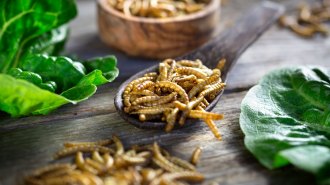 Science & Society
Science & SocietyA new seasoning smells like meat thanks to sugar — and mealworms
A spoonful of sugars could help cooked mealworms go down more easily, a potential boon for the planet.
By Anil Oza -
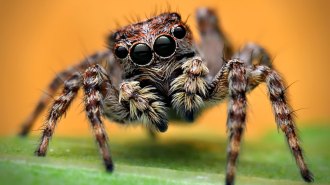 Animals
AnimalsNews stories have caught spiders in a web of misinformation
Nearly half of news stories about peoples’ interactions with spiders contain errors, according to a new analysis.
By Betsy Mason -
 Animals
AnimalsSea urchin skeletons’ splendid patterns may strengthen their structure
“Voronoi” geometric patterns found in sea urchin skeletons yield strong yet lightweight structures that could inspire the creation of new materials.
-
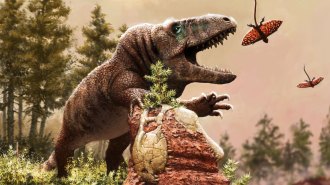 Animals
AnimalsExtreme climate shifts long ago may have helped drive reptile evolution
The end-Permian extinction left reptiles plenty of open ecological niches. But rapid climate change may be what kick-started the animals’ dominance.
By Beth Geiger -
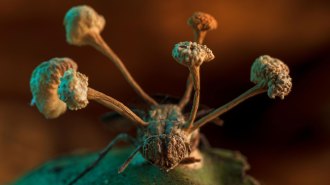 Life
LifeAn award-winning photo captures a ‘zombie’ fungus erupting from a fly
The winner of the 2022 BMC Ecology and Evolution photo competition captures a macabre cycle of life and death in the Peruvian Amazon.
-
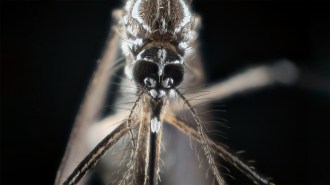 Animals
AnimalsWhy mosquitoes are especially good at smelling you
How Aedes aegypti mosquitoes smell things is different from how most animals do, making hiding human odors from the insects more complicated.
-
 Health & Medicine
Health & MedicineThe first known monkeypox infection in a pet dog hints at spillover risk
A person passed monkeypox to a dog. Other animals might be next, allowing the virus to set up shop outside of Africa for the first time.
-
 Humans
HumansWhy humans have more voice control than any other primates
Unlike all other studied primates, humans lack vocal membranes. That lets humans produce the sounds that language is built on, a new study suggests.
By Asa Stahl -
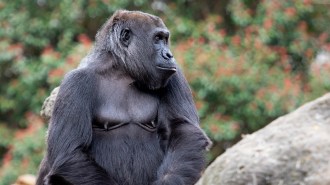 Animals
AnimalsZoo gorillas use a weird new call that sounds like a sneezy cough
A novel vocalization made by the captive great apes may help them draw human attention.
By Meghan Rosen -
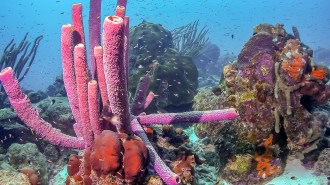 Life
LifeSea sponges launch slow-motion snot rockets to clean their pores
Sea sponges rely on a sneezing mechanism to clear their pores, using mucus to flush out debris. This mucus provides food for other marine life.
By Jude Coleman